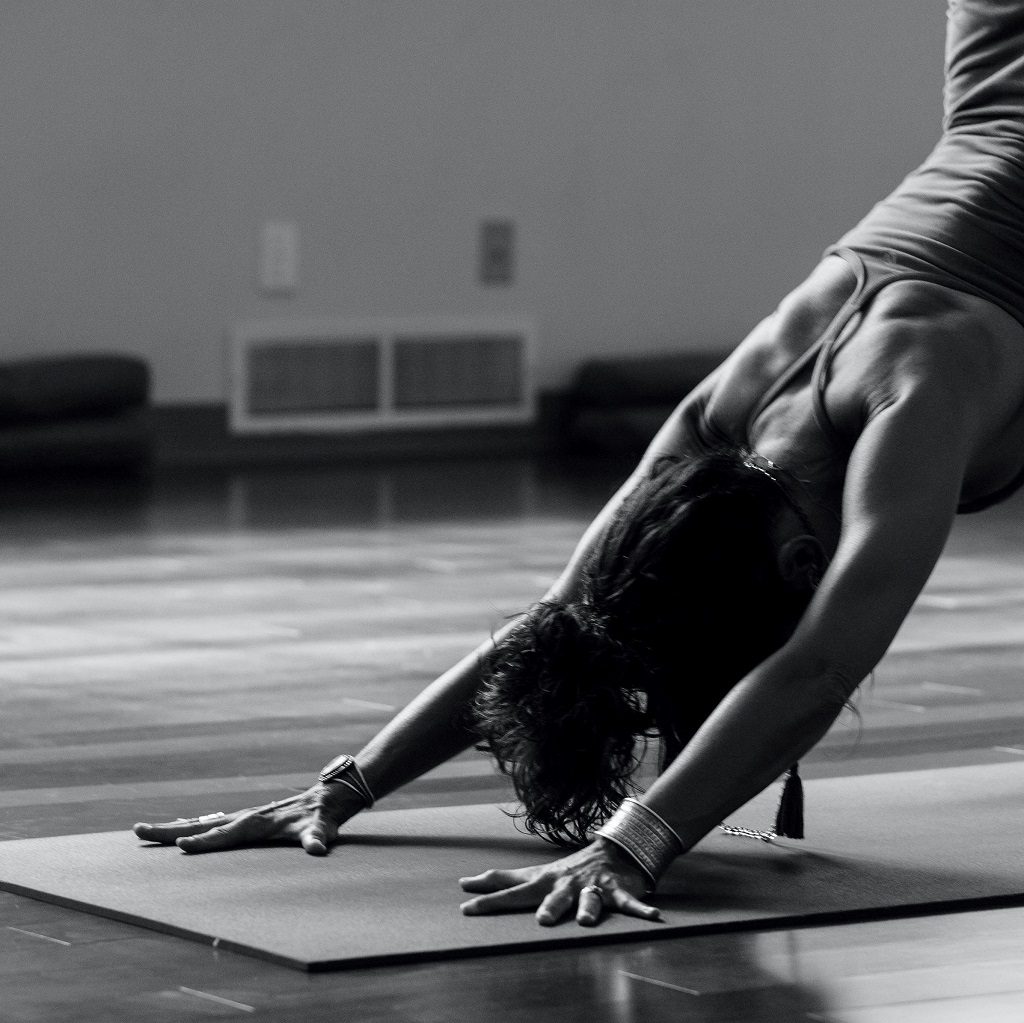When we show up to yoga class, we are cued to move from pose to pose. Often, much of our focus is placed on the pose or asana. I invite you to think about also placing your awareness on your transitions from pose to pose.
Have you ever shown up to a class and afterward thought, gosh, that class was so hard. Was it the asanas? Maybe an insane amount of balance poses? the heat? what made it hard? When you are tuned in to your body and the instructor is cueing you to ignite or waken particular muscle groups, you exert more energy. Applying this focus to your transitions can level up your practice.
Treating the transition as if it’s a pose keeps the body in a heightened state of awareness. The muscle groups are remaining active all the time keeping your mind more intensely focused. We can this mindfulness. There’s little opportunity to “check out” and plan your grocery list if you are keeping a focus on your transition into the next asana.
Not only will this increase your mindfulness but it will increase your overall strength. More muscle recruitment in transitional poses, as well as asanas, means your body is working harder throughout the class. Historically, and even today, yoga is more well known for stretching and finding length in the body. We have all seen those people who have a dance background and can bend into these beautiful poses, so deeply, often contorting themselves. These are the individuals that we think are amazing at yoga.
I hope to bring attention to the practice as more of a strength initiative. By using your own body weight and igniting muscle groups you can build strength in your practice. I truly believe that building strength in your practice will serve you in the long run versus stretching. It’s imperative that we counterbalance our modern lifestyle of sitting and stretching by building lean muscle tissue and strengthening our muscles. This can be accomplished in yoga with some added focus on activating your muscles not only in the asanas but in the transitions as well. You may enjoy the added mindfulness this brings to your practice too.
namaste,
Alli

